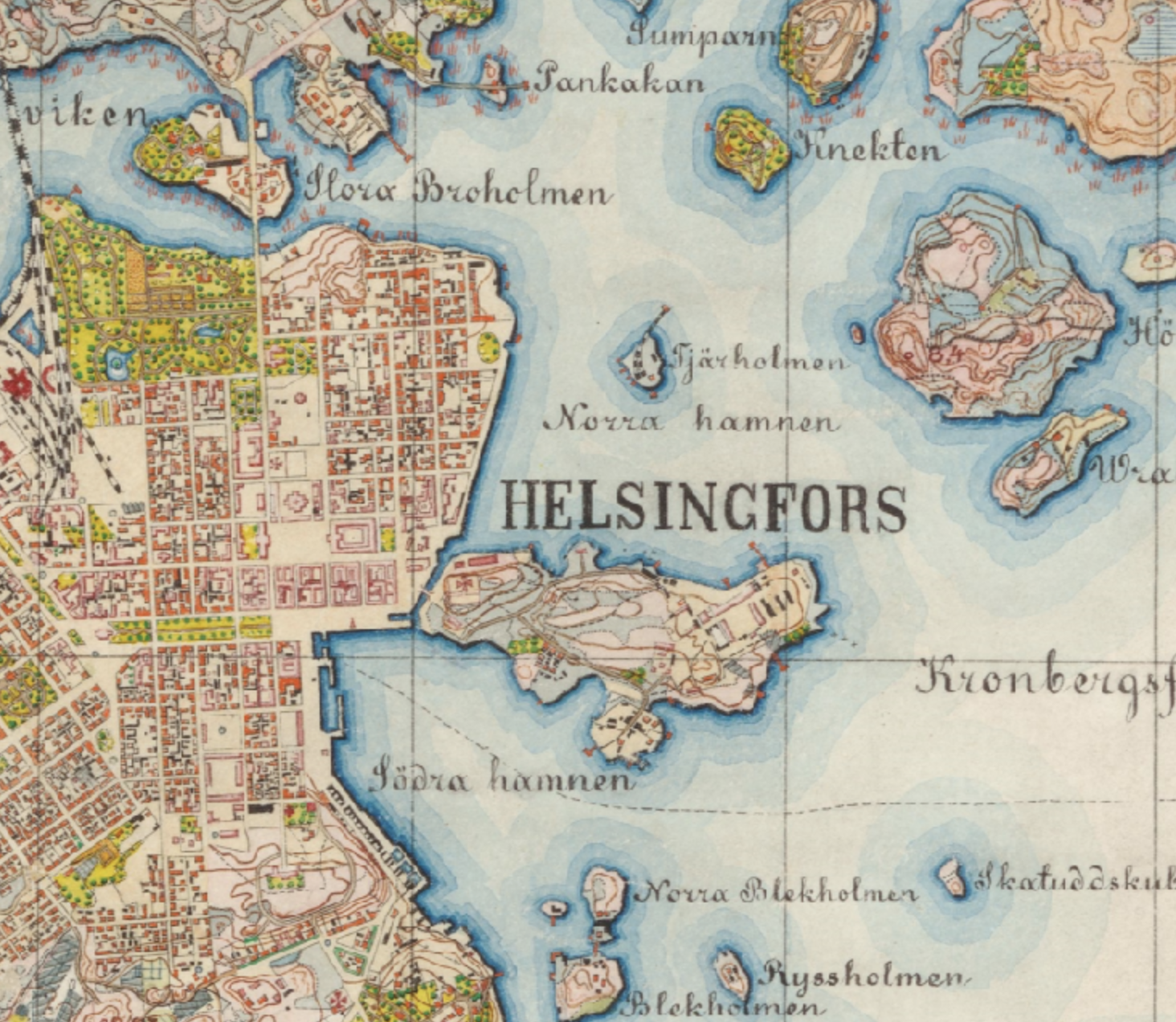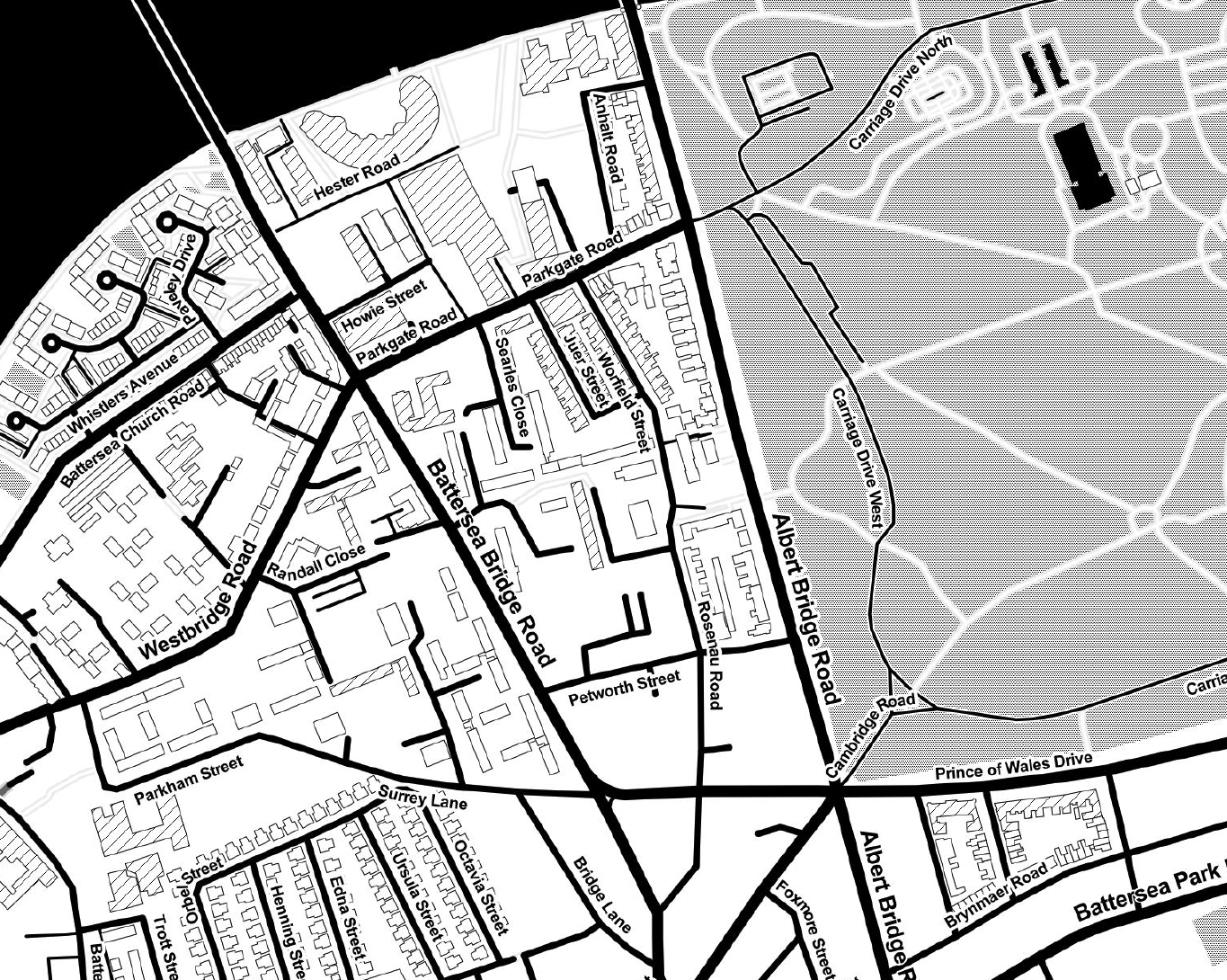USP-E0314 - Capstone Project, Lecture, 5.9.2023-5.12.2023
This course space end date is set to 05.12.2023 Search Courses: USP-E0314
Topic outline
-
The Dance of Life
A New Direction for Evolutionary Architecture and Social Innovation
Project course including several assignments

Edvard Munch: The Dance of Life (1899). The painting can be interpreted as an evolution of a relationship.
USP-E0314 – Capstone Project Course – Autumn 2023 – 5.9.-5.12.2023
12 ECTS (12 ECTS / 18 ECTS if accomplished as a studio course), contact teaching, Tuesdays 9:00-12 Place: Mostly Väre, including:
- 5-11/9 Tervasaari Workshop with Shibaura Institute of Technology at Aalto (groupwork)
- 26-30/9 Battersea Workshop in London hosted by The Royal College of Art (groupwork) – for 7 students; travel costs 1000€ paid to six six first students against eligible receipts.
- 30/9-5/12 Battersea assignment finalised (individual work)
This course is suitable for students in the following Majors:
- Architecture and Interior Architecture
The course is suitable also for students in the Master Programme of Architecture as a studio course (18 ECTS), with sufficient additional work:
Urban Design:
- At least 20.000 m2 new building construction
- Analysis of the site, including the planning situation, built environment, landscape, traffic and sociology
- Diagrams showing changes in mobility, urban spaces and landscape in the area
- A text (app. 3000 signs) describing the effects of the plan to the area within the theme and aims of the course
Building Design:
- At least 5.000 m2 new building construction (not housing)
- Analysis of the site, including the planning situation, built environment, landscape and traffic
- Site plan 1:500; plans, sections and facades 1:200; three perspective images; structural diagrams; air conditioning diagrams, facade caption (elevation and section) 1:50, scale models: 1) site, with neighbouring buildings 1:400 & 2) building 1:200
- A text (app. 3000 signs) describing the effects of the design to the area within the theme and aims of the course
- Landscape Architecture (the course can be recorded as a studio course MAR-E1031 Monialainen projekti 10-15 cr, where landscape architecture students participate in (studio) courses in other subjects and act as if they were landscape architecture consultants)
- Urban Studies and Planning (urban design or building design for architects, research to others)
A student can decide individually:
- the type of the submission and
- specific outcomes, including their extents and scale
Site 1 for the first workshop (5-11/9): Tervasaari, Helsinki

Location of Tervasaari (Tjärholmen) on Senat's map 1870-1907, Kansallisarkisto
Site 2 for the second workshop and the main task of the course (12/9-5/12): Ethelburga Strip area in Battersea, London, UK

Ethelburga Strip area in Battersea, London with its apartment slab buildings
Theme: Qualitative Evolutionary Architecture for Social InnovationEvolutionary design approach can be applied to architecture to generate and refine designs that meet specific criteria or goals, such as functionality, aesthetics, or sustainability, using an iterative process of mutation, recombination, and selection. This approach allows architects to explore a wide range of possible solutions and optimise for specific criteria. Overall, utilising evolutionary design for architecture can help to generate innovative, creative and optimized design solutions that meet specific goals or criteria.
Evolutionary methods have this far been used in quantitative development (based on numbers), whileas, in this project, the emphasis is on qualitative (quality) issues and especially in the possibility to generate architectural and social creativity. Goals and parameters in computational evolutionary design require better and more varied definition – this cannot only be technical performance and efficiency. These characteristics are always situated and we should ask how they are defined and for whom – how the authority of explanation is constructed.
The term "evolution" originated in biology and refers to changes in the characteristics of biological populations over successive generations. During the process of evolution, living species develop fitness traits that help them better adapt to their environment. Later, the principle of evolution was applied to the field of architecture. For example, Christopher Alexander's book, "A Pattern Language: Towns, Buildings, Construction," introduced a methodology that uses a set of design patterns or rules that can be refined over time to create buildings or urban spaces that are well-suited to the needs and preferences of their users. In architecture, this means keeping the initial concept and developing the details of the design based on defined criteria.
Evolutionary design is a methodological approach that allows growing an entity in a natural way and to optimise design solutions (Steadman, Philip [1979: 71-152]. The Evolution of Designs: Biological analogy in architecture and the applied arts. Cambridge University Press). It is based on biological principles or laws from natural history, including natural selection and evolutionary reasoning, and draws from conceptual design development to guide the generation and refinement of design solutions. This approach has been more used in the development of computer software and industrial design than architecture this far. One of the main benefits of evolutionary design is that based on a robust design made by a minimum amount of effort, it can also help designers to overcome the limitations of their own creativity and experience by allowing other agents to develop their design in the future. Evolutionary design is iterative and incremental. Because the evolution process is subtle, complicated, and invisible. Although the concept is well-known, it is difficult for us to pay attention to things that change gradually over a long period of time.
Crowdsourcing is an example of evolutionary design, where an initial idea or a rudimental sketch is developed by numerous volunteers. Also software and applications which started their life in a simple format and later become elaborated is an example of an evolutionary development process. For example, the first aeroplane by Wright brothers was very simple compared to contemporary fighter planes. The important feature here is that components can be freely substituted to improve the design and modify performance at a later time. Evolutionary design answers to the increasing complexity of a context by simple, flexible and self-organising design and planning solutions. Evolutionary design can also be used to generate solutions that are optimised for multiple criteria (multiobjective optimisation), which can be difficult to achieve using traditional design methods. These developments of architectural components, and hence experience, can be related to many qualitative parameters presently often neglected in architectural imagination.
The aim to solve problems is the rationale behind not only quantitative evolutionary design, but also social innovation, which aims to solve social challenges (Sánchez-Cruzado & De La Mata [2021]: What is the best way of implementing social innovation? Social Innovations Journal vol. 10). Equality, justice, empowerment, poverty, resilience and conflicts are typical questions for social innovation (ibid.). The social challenges we are going to examine in this course are related to community retrofit – how to improve existing urban places in order to improve their qualitative performance. Retrofitting means making additive changes in an existing environment through an upgrade. From a sociological viewpoint, our work is connected to programming of use, shared feelings, values, urbanism, behaviour, expressivity, attractivity, image, commodification, identity, cultural attitudes, priorities, reproduction, neoliberalism and control.
Our project is a value proposition to the design and delivery of the green transition through community retrofit. In this new context, it is not enough to design purely functional artefacts, but also:
1) to support significantly higher environmental and societal goals through creative work without compromising the quality of architecture
2) to facilitate evolutionary, place-based experiences that support sustainable, long-term life-cycle development. Our method is based on dividing the design into manipulable parts - "patterns" – which will evolve in an asynchronous manner. The built environment can be divided into components with different life cycles. Here the relationship between evolutionary approach and building preservation requires further study.
Background material before entering the course:
Please research this before coming to the first session of the course:
- Mario Carpo (2022): A short but believable history of the digital turn in architecture
https://www.e-flux.com/architecture/chronograms/528659/a-short-but-believable-history-of-the-digital-turn-in-architecture/
Carpo's text introduces to the nucleus of this course: the intervention:
”Artificial intelligence can now reliably solve problems and make choices. But data-driven artificial intelligence solves problems by iterative optimization, and problems must be quantifiable in order to be optimizable. Consequently, the field of action of data-driven artificial intelligence as a design tool is by its very nature limited to tasks involving measurable phenomena and factors. Unfortunately, architectural design as a whole cannot be easily translated into numbers. Don’t misunderstand me: architectural drawings have been digitized for a long time; but no one has found to date a consensual metric to assess values in architectural design. Therefore, only specific subsets or tasks of each design assignment can be optimized by AI tools, insofar as they can lead to measurable outputs. And even within that limited ambit, most quantifiable problems will likely consist of more than one optimizable parameter, so someone, at some point will have to prioritize one parameter over another.”
“---- As Phillip Bernstein concludes in his recent book dedicated to machine learning in architecture, the adoption of AI in the design professions will not lead to the to the rise of a new breed of post-human designers, but to the development of more intelligent design tools. Architects and designers will have to learn to master them, if for no other reason than they are soon going to be cheapest and most effective tools of their trade.”
Evaluation and Grading
The weights of different assignments to the course grade: workshops 9% + 9%; main task 82%.
Basic information
Prerequisites, learning outcomes, workloads and general contents described in curriculum.aalto.fi.
Learning outcomes
The students will develop:
- Capabilities for creative conception in urban and/or building scale, problem- and possibility-based thinking
- Expertise in urban design related assessment
- Knowledge on societal and environmental responsibilities
The students will demonstrate:
- Creative thinking and judgment capability
- Teamwork capacity
- Creative production
- Communication and presentation skills
-
Lectures Folder
-
Grades and reviews Page
- 5-11/9 Tervasaari Workshop with Shibaura Institute of Technology at Aalto (groupwork)
